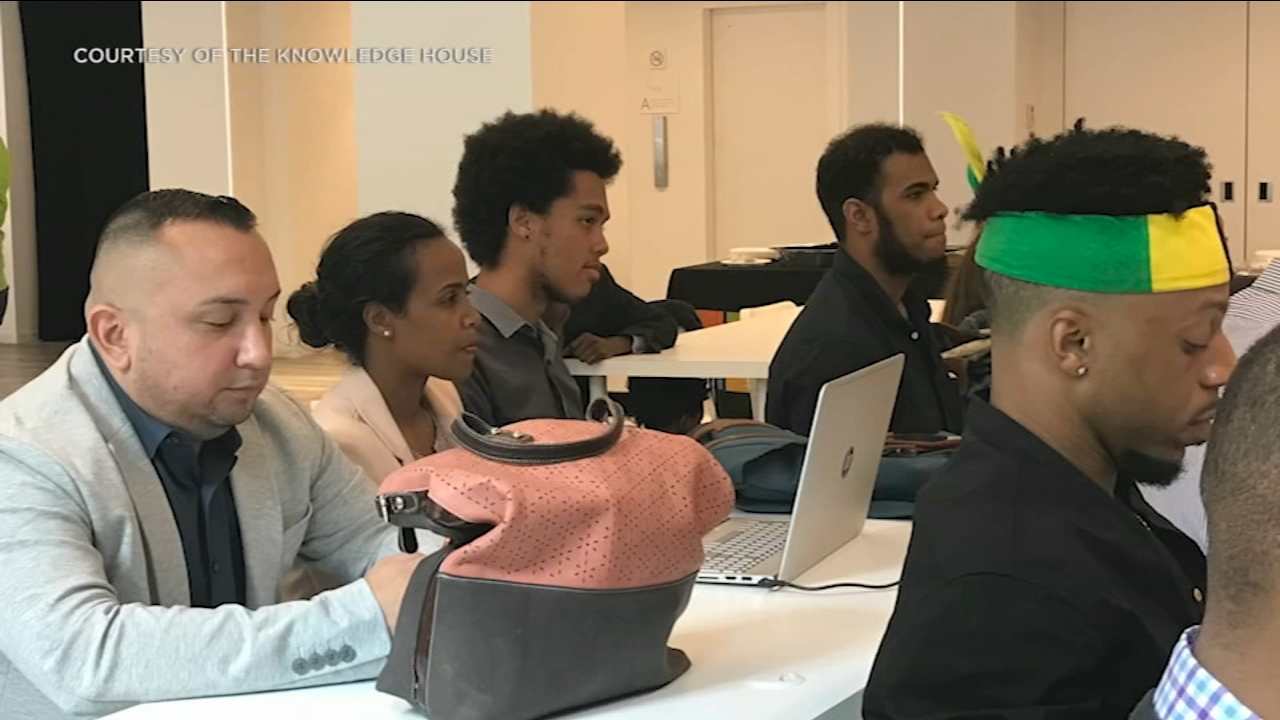Coronavirus: Tracking distance learning presents challenges for SoCal educators amid COVID-19 crisis
California schools still don't have a set date to reopen. In the meantime, how many students are actually learning in this COVID-19 stay-at-home environment? Most districts don't have a hard answer yet.
Students in Southern California are no longer in the classroom, but it's still unclear exactly how many of them are still learning through their computer screens.
"This is uncharted territory that no one was prepared for," said California School Superintendent Tony Thurmond. He also said there is still no set date for when schools will reopen.
In the meantime, the state Department of Education isn't requiring school districts to collect attendance during distance learning, in an effort to prevent students from being penalized if they are significantly impacted by the COVID-19 crisis.
However, the state is encouraging local districts to track participation and engagement during this stay-at-home period.
ABC7 reached out to more than two dozen school districts across five Southern California counties. Most either don't have numbers on how many students are engaged in distance learning, or haven't yet complied the information and are dealing with non-responsive students on a case-by-case basis.
Three districts so far have responded with some form of data.
The Los Angeles Unified School District reported that as of May 13, 98% of high school and middle school students were connected to their online classes, and 96% of elementary school students were connected.
That's compared to last month when 97% of high school and middle school students were connected and just 65% of elementary school students were participating online.
The district attributed the high increase in elementary school students' connectivity to the increase in distribution of devices to those students.
And that distribution may have been necessary.
According to an ABC7 analysis of U.S. Census data, nearly 13% of households across five Southern California counties don't have internet. About 22% don't have high speed internet, and 6% don't have a computer.
RELATED: Coronavirus: Students might feel digital divide after pandemic prompts closure of LA County schools

At schools in the Chaffey Joint Union High School District in San Bernardino County, teachers haven't heard from more than 1,000 of their students, or about 4.5%.
If a teacher in the district hasn't heard from a student, the teacher refers the student to administrators and counselors who then engage in continuous efforts to contact them, according to district officials.
In the William S. Hart Union High School District in LA County, only about 67 students out of a total enrollment of nearly 24,000 in the district haven't connected with their teachers online.
Efforts are being made by teachers, school counselors, social workers, and administrators "to connect with these students through phone calls, voicemails, emails, tests and home visits," according to the district.
Teachers and officials are taking similar measures at schools in the Simi Valley Unified School District, according to Jake Finch, the district's public information officer.
While there are no hard numbers yet, Finch said they have touched base with just about every single student in one form or another, although there could be some exceptions. But, she said it seems like parents, students and teachers have established a pattern.
"It's not perfect but they're managing to move forward," Finch said.
She said she's been impressed with the creativity of teachers, and said parents are "taking it very seriously" and trying their best to keep their kids learning.
The struggle, though, is helping those students who are struggling not just academically, but emotionally.
"We don't want them to go down a path of depression," Finch said.
The same goes for difficult home lives. While the same rules of reporting problems at home apply, she said it's both different and harder to monitor when you can't see kids' faces all the time.
To accelerate learning, state officials said many districts are looking at summer enrichment programs to offset any learning gaps.
Looking for more information? You can find COVID-19 help, information and resources here.









